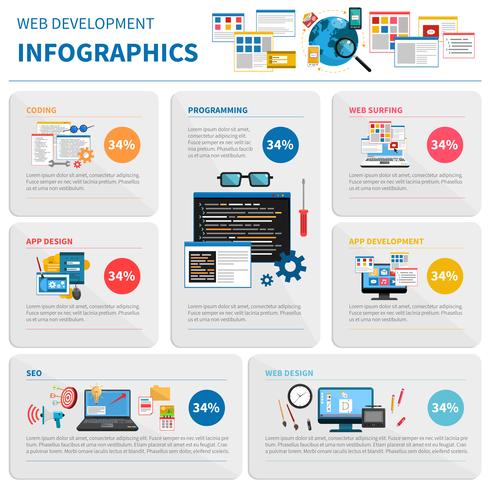Interested In Finding Out How Site Design Has Developed Throughout The Years? Explore The Journey From Standard, Straightforward Styles To User-Centric User Interfaces That Prioritize The Site Visitor'S Experience
Interested In Finding Out How Site Design Has Developed Throughout The Years? Explore The Journey From Standard, Straightforward Styles To User-Centric User Interfaces That Prioritize The Site Visitor'S Experience
Blog Article
Staff Author-Solis Bowles
In the past, web sites were basic and concentrated on details. Navigating was direct, and design was for desktops. Now, customer experience is vital. Information overviews styles for simple navigation. https://theubj.com/featured/30026/5-digital-marketing-strategies-for-your-campaign/ fit various devices. Today, dark mode decreases strain, and minimalist food selections improve navigating. Interactive features engage users, and vibrant visuals stand apart. AI integration boosts involvement. See exactly how layout has actually progressed to enhance your on the internet journey.
Very Early Days of Web Design
In the very early days of web design, simpleness reigned supreme. Internet sites were standard, with minimal shades, font styles, and formats. The emphasis was on providing info instead of showy visuals. Individuals accessed the internet with slow dial-up connections, so speed and functionality were vital.
Navigating food selections were straightforward, normally situated on top or side of the page. Web sites were developed for home computer, as mobile surfing wasn't yet common. Material was king, and designers prioritized easy readability over complex layout components.
HTML was the key coding language used, and designers needed to work within its restrictions. Computer animations and interactive features were marginal compared to today's standards. Sites were static, with little vibrant web content or customized customer experiences.
Rise of User-Focused Design
With the evolution of web site style, a change in the direction of user-focused layout concepts has ended up being increasingly famous. Today, producing internet sites that focus on individual experience is important for involving site visitors and attaining company goals. User-focused layout includes recognizing the demands, choices, and habits of your target market to customize the internet site's layout, content, and features accordingly.
Designers currently perform extensive study, such as customer studies and use testing, to gather insights and comments straight from customers. This data-driven technique helps in developing intuitive navigation, clear calls-to-action, and visually enticing interfaces that resonate with site visitors. By putting the customer at the facility of the style procedure, websites can supply a more customized and delightful experience.
Receptive style has actually also emerged as an essential aspect of user-focused layout, making certain that internet sites are maximized for various devices and display dimensions. This adaptability boosts access and functionality, satisfying the varied means customers communicate with internet sites today. Essentially, the rise of user-focused design indicates a change in the direction of creating digital experiences that prioritize the requirements and assumptions of the end customer.
Modern Trends in Web Design
Check out the most up to date trends shaping website design today. One popular pattern is dark mode layout, using a sleek and modern look while lowering eye strain in low-light environments. One more vital pattern is minimalist navigating, simplifying food selections and improving user experience by focusing on essential elements. Incorporating micro-interactions, such as computer animated switches or scrolling results, can create a much more engaging and interactive internet site. Receptive layout stays critical, making sure smooth individual experiences throughout various tools. Furthermore, making https://seo-content-marketing-str84062.sharebyblog.com/29764587/unlock-the-keys-of-luring-neighborhood-clients-via-local-seo-tactics-yet-don-t-ignore-the-international-charm-of-traditional-seo-learn-the-vital-distinctions of bold typography and unbalanced designs can add aesthetic rate of interest and draw attention to details web content.
Incorporating AI technology, like chatbots for client assistance or tailored suggestions, improves user involvement and simplifies procedures. Accessibility has also come to be a substantial pattern, with developers focusing on comprehensive layout methods to accommodate varied customer needs. Embracing sustainability by enhancing website performance for rate and effectiveness is another arising fad in website design. Teaming up with user feedback and information analytics to repeat and improve layout constantly is necessary for staying relevant in the ever-evolving electronic landscape. By accepting these modern fads, you can develop a visually enticing, user-friendly web site that resonates with your target market.
Final thought
As you reflect on the development of internet site style from the early days to currently, you can see how user-focused style has become the driving pressure behind modern-day fads.
Welcome the journey of modification and adaptation in website design, always keeping the individual experience at the center.
Stay present with the most up to date fads and technologies, and never ever stop advancing your technique to create visually sensational and user-friendly sites.
Develop, adjust, and create - the future of web design remains in your hands.
